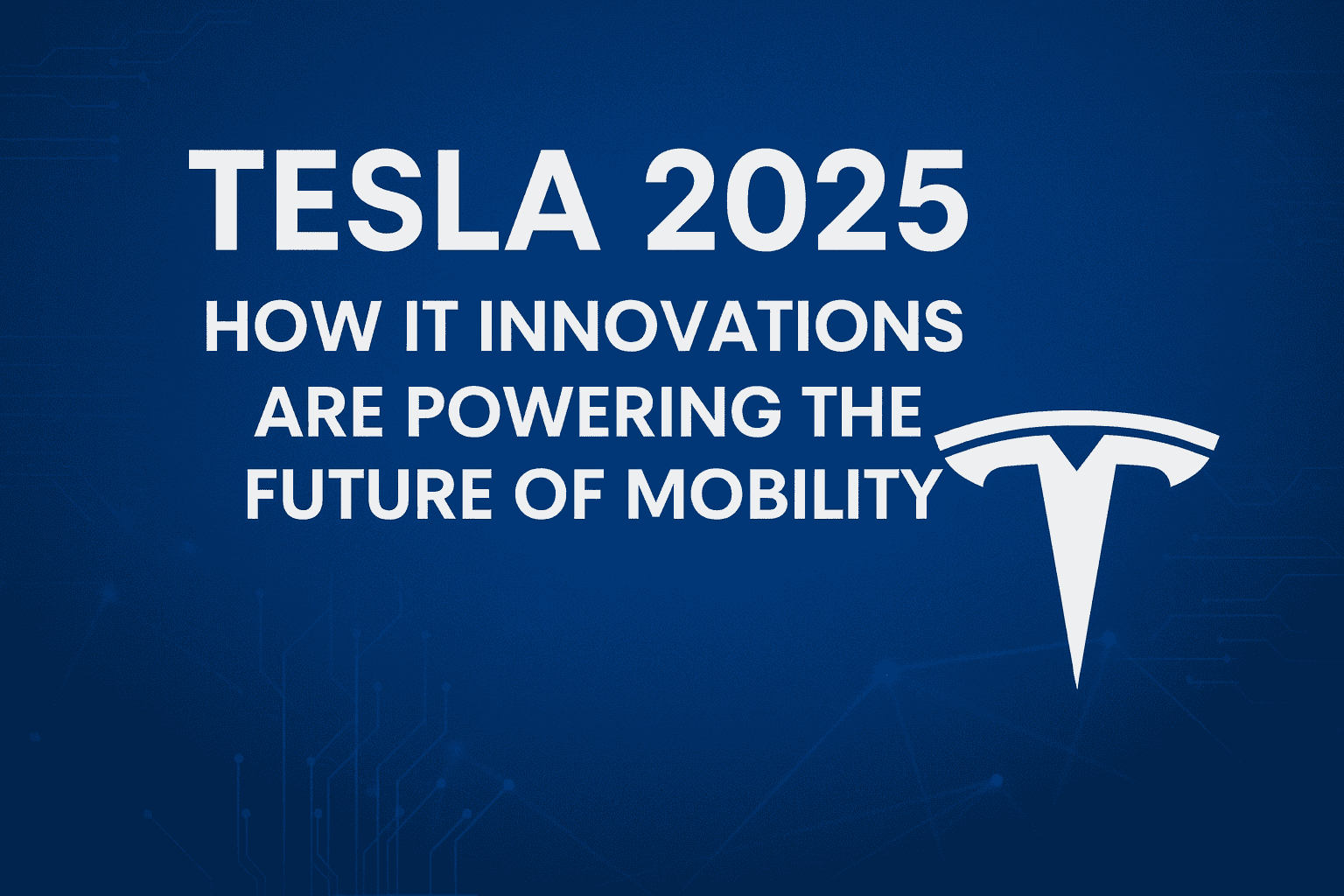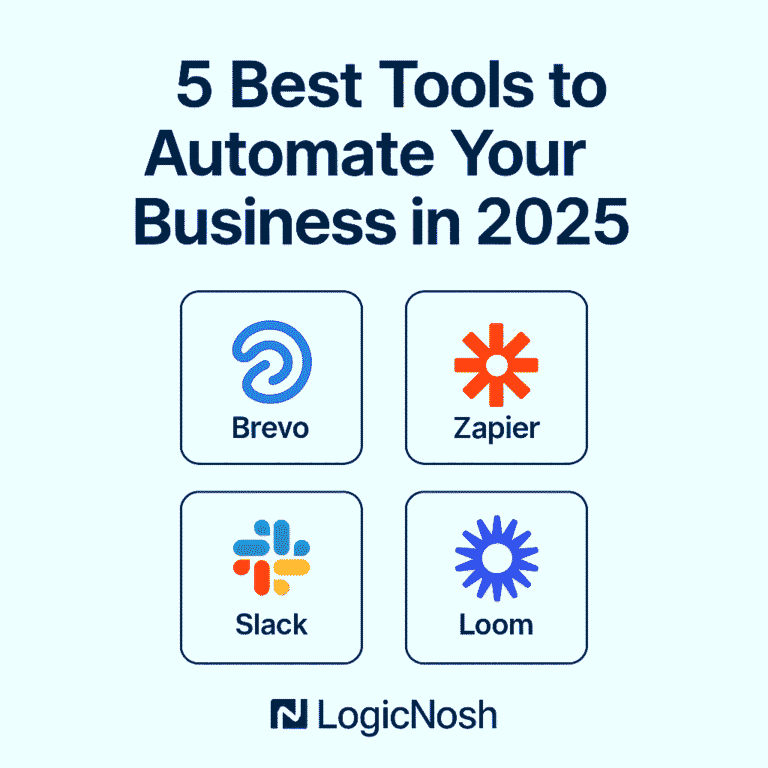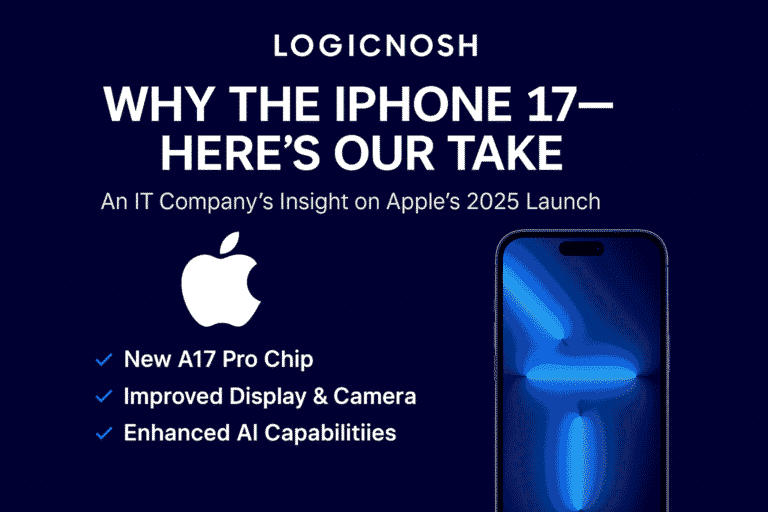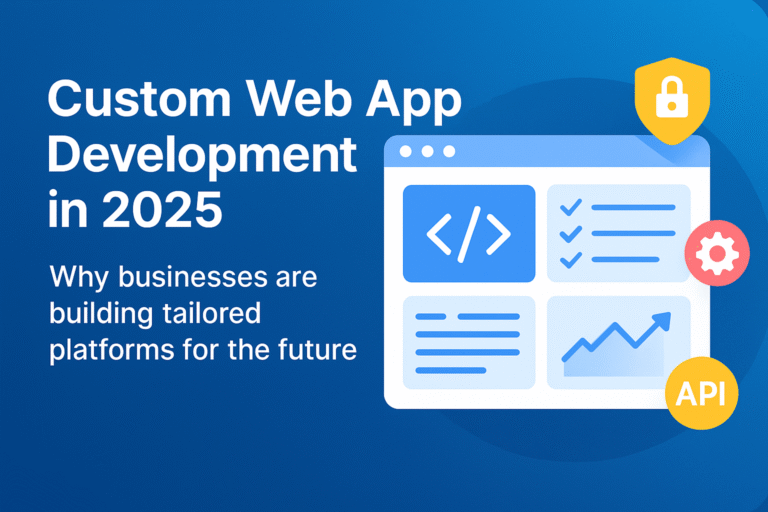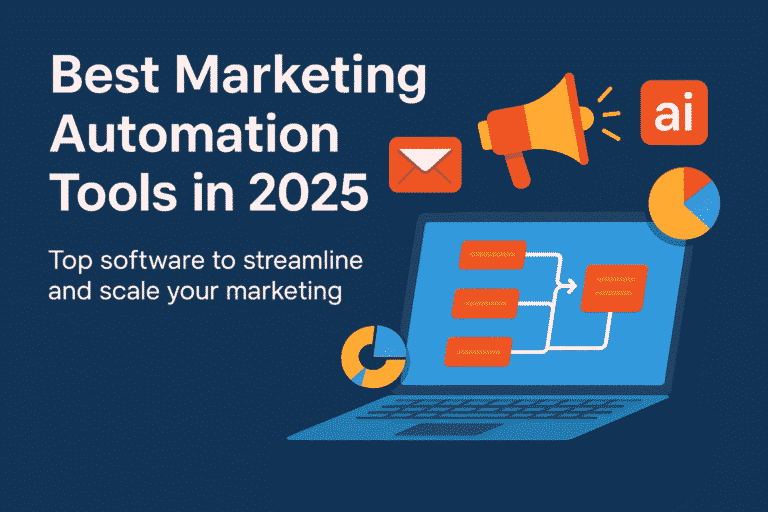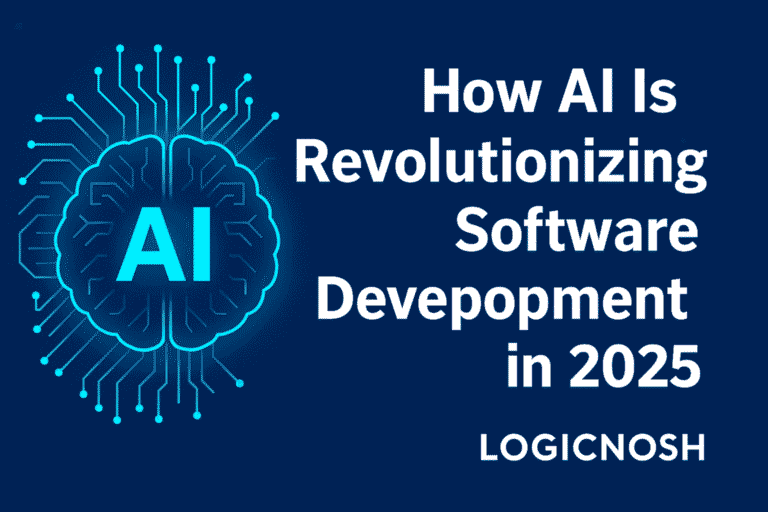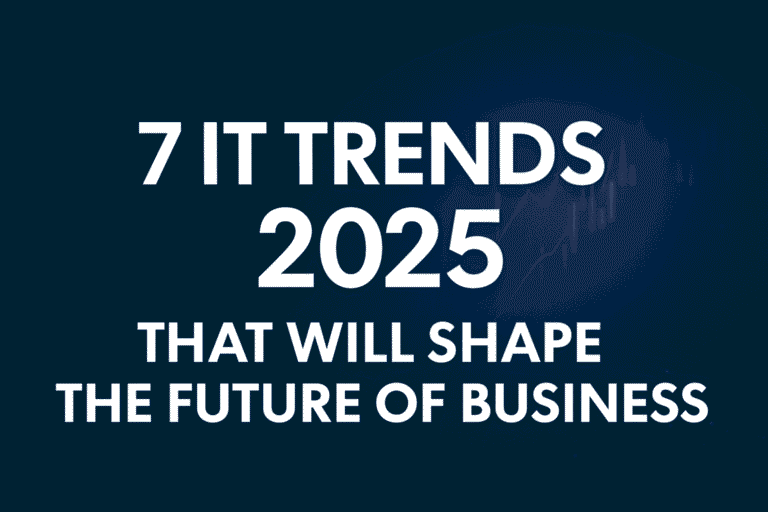Tesla 2025: How IT Innovations Are Powering the Future of Mobility
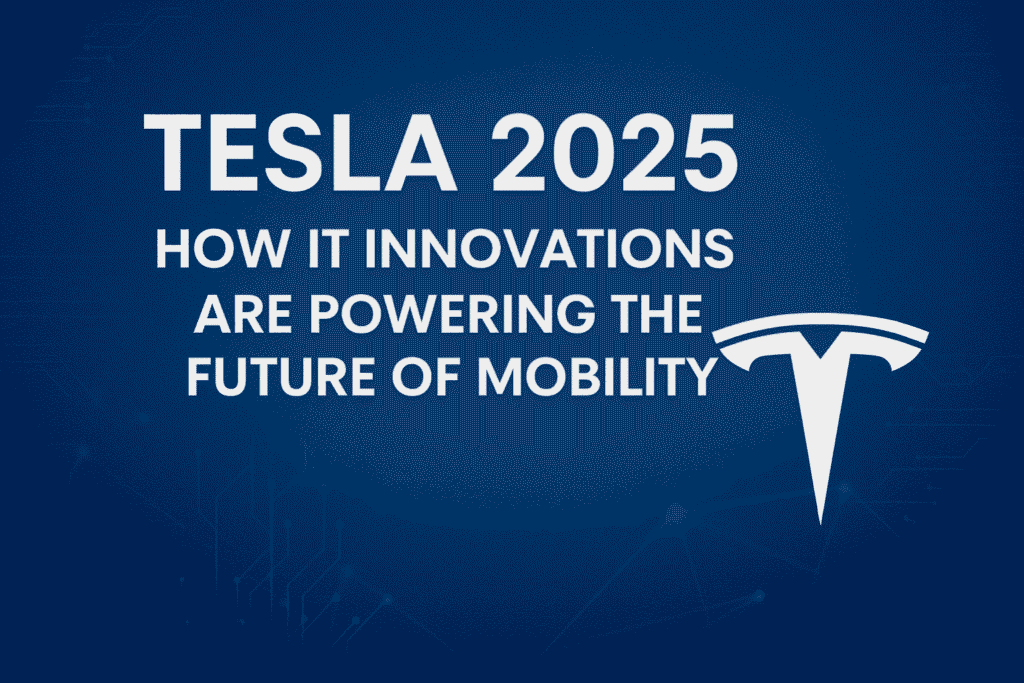
Introduction
Tesla 2025 is more than just an electric car story it’s an IT success story. Tesla has become a case study in how advanced information technology, AI, IoT, and cloud computing can revolutionize not just an industry, but the future of human mobility.
At LogicNosh, we specialize in helping businesses leverage emerging IT solutions like AI, automation, and cloud. Tesla’s journey into 2025 shows exactly how IT innovation can change the game for any sector.
Tesla 2025: The IT Company Disguised as a Car Company
Tesla isn’t just a car manufacturer it’s a software-first company. Every Tesla vehicle is essentially a connected IoT device running on a powerful IT infrastructure.
- Software-Defined Vehicles: Cars evolve through over-the-air (OTA) updates.
- Cloud & Edge Computing: Vehicles act as data nodes, feeding into Tesla’s AI models.
- AI at the Core: Neural networks power real-time decision-making.
👉 According to Forbes, Tesla’s valuation is tied more to its tech infrastructure than its cars.
💡 Internal Link: Learn how we apply the same principles in our Web Development Services at LogicNosh.
AI and Machine Learning in Tesla 2025
Artificial intelligence is Tesla’s competitive edge. By 2025, Tesla has advanced its autopilot and full self-driving (FSD) systems using AI-powered decision-making.
- Dojo Supercomputer: Tesla’s AI training platform, one of the fastest in the world.
- Edge AI Processing: Cars process sensor data instantly for safety-critical actions.
- MLOps (Machine Learning Operations): Tesla continuously refines models with billions of miles of driving data.
👉 Gartner predicts that by 2025, AI-powered MLOps will be standard across industries, inspired by companies like Tesla.
IoT and the Tesla Ecosystem
In 2025, every Tesla is an IoT device on wheels. Tesla’s IT-driven ecosystem connects vehicles, homes, and the grid.
- Vehicle-to-Vehicle (V2V) Communication: Cars share data to reduce accidents.
- Smart Home Integration: Seamless integration with solar, Powerwall, and IoT assistants.
- Connected Energy Grids: Cars help stabilize power grids via two-way charging.
💡 Internal Link: Read our Case Studies on IoT-driven solutions.
Cloud Computing and Big Data at Tesla
Tesla processes petabytes of driving data daily, making it a global IT powerhouse.
- Global Cloud Infrastructure: Stores massive datasets for AI training.
- Data Pipelines: Feeding Dojo with real-world data for model improvements.
- Predictive Analytics: Anticipating maintenance, traffic patterns, and driver behavior.
👉 IBM Research notes that Tesla’s cloud+edge hybrid IT model is now being adopted across healthcare and logistics.
💡 Internal Link: Learn how our Cloud Services help businesses scale like Tesla.
Cybersecurity in Tesla 2025
With vehicles doubling as computers, cybersecurity is Tesla’s biggest IT challenge.
- Encrypted Communication: Protecting V2V and cloud interactions.
- Zero Trust Security: Every transaction authenticated before execution.
- Blockchain for Security: Used in secure charging and payments.
👉 The NIST Cybersecurity Framework is a standard Tesla aligns with to secure its IT-driven vehicle ecosystem.
💡 Internal Link: See how LogicNosh implements secure IT solutions to protect business workflows.
Tesla 2025 vs Traditional Automakers
| Feature | Traditional Automakers | Tesla 2025 IT Model |
|---|---|---|
| Updates | New model releases yearly | OTA updates weekly |
| Value Driver | Hardware (cars) | Software + Data |
| IT Infrastructure | Limited | Cloud + Edge Hybrid |
| AI Use | Driver assistance only | Full ecosystem, AI-first design |
| Cybersecurity | Basic protocols | Zero Trust + Blockchain |
👉 This comparison shows why Tesla 2025 is rewriting IT playbooks across industries.
Tesla’s Software-Defined Vehicle Model
Traditional automakers build hardware-first, but Tesla flips this model with software-defined vehicles (SDVs).
- Continuous Integration/Deployment (CI/CD): Updates roll out weekly.
- App Store on Wheels: Entertainment, navigation, and productivity apps.
- APIs for Developers: Opportunities for third-party apps.
By 2025, Tesla has positioned itself as the Apple of the auto world, where IT defines the customer experience.
Lessons for IT Professionals from Tesla 2025
Tesla offers key insights for IT leaders:
- Adopt AI and Automation: Automate routine tasks and scale learning models.
- Leverage IoT: Build ecosystems, not isolated products.
- Prioritize Cybersecurity: Zero Trust is non-negotiable.
- Think Cloud + Edge Hybrid: Distributed IT is the future.
- Continuous Delivery: Rapid updates keep customers engaged.
💡 Internal Link: Check how we help companies adopt these models in our IT Consulting Services.
Future Outlook: Tesla 2025 and Beyond
Looking forward, Tesla is shaping the future of IT and mobility:
- Autonomous Fleets: AI-powered robo-taxis.
- Green IT: Data centers aligned with renewable energy.
- Smart Manufacturing: AI + robotics in Gigafactories.
- Blockchain-Powered Mobility Apps: Decentralized ride-sharing and payments.
👉 According to McKinsey, 80% of enterprises will look to Tesla’s IT model when adopting AI-first infrastructure.
Tesla 2025 and the Rise of Edge + Cloud Hybrid IT
One of the most important IT lessons from Tesla 2025 is the combination of edge computing with cloud infrastructure. While the cloud allows Tesla to train massive AI models like Dojo using global driving data, edge computing enables real-time decision-making directly in vehicles. This dual approach ensures that Tesla cars react instantly to road conditions while also improving long-term system intelligence. For IT professionals, this demonstrates the power of hybrid IT—balancing speed, scalability, and resilience.
How Tesla 2025 Shapes Enterprise IT Strategy
Beyond the automotive sector, Tesla 2025 has become a benchmark for IT-driven transformation. Enterprises in finance, healthcare, and logistics are studying Tesla’s IT-first approach to build their own software-defined systems. From adopting AI-first workflows to creating IoT ecosystems, Tesla proves that IT is no longer a support function—it’s the foundation of innovation. Businesses that mirror Tesla’s strategy will gain faster agility, improved security, and stronger customer trust in a digital-first economy.
FAQs on Tesla 2025 and IT
Q1. Why is Tesla considered more of a tech company than a car company?
Because its competitive edge comes from IT infrastructure, AI, and data, not hardware alone.
Q2. How does Tesla use AI in 2025?
For autonomous driving, predictive maintenance, and customer experience.
Q3. Is Tesla at risk of cyberattacks?
Yes, but it invests heavily in blockchain, encryption, and Zero Trust models.
Q4. What IT lessons can businesses learn from Tesla?
Adopt AI-first thinking, IoT ecosystems, and CI/CD-driven innovation.
Q5. Will Tesla’s IT model influence other industries?
Yes—healthcare, fintech, and logistics are already studying Tesla’s architecture.
Conclusion
By 2025, Tesla has become a global IT leader disguised as a car company. Its innovations in AI, cloud computing, IoT, and cybersecurity are redefining how industries think about mobility, data, and digital ecosystems.
For businesses, the Tesla story is proof that IT isn’t just support—it’s the engine of innovation.
At LogicNosh, we help businesses adopt the same IT-first mindset with solutions in AI, cloud, IoT, and secure software development.
👉 Contact us today to see how we can bring Tesla-level IT transformation to your business.

